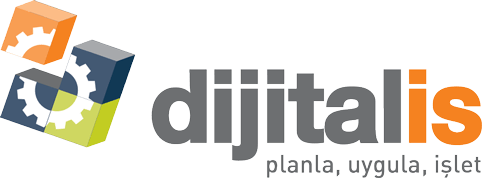
Success Story in Durable Consumer Goods
Production Simulation, Layout Planning
Arçelik Achieves Target Capacity with 50% Less Cost Planned through Production Simulations.
Arçelik A.Ş., operating in the durable consumer goods and consumer electronics sectors with production, marketing, and after-sales support services, employs approximately 27,000 people. With 15 production facilities in Turkey, Romania, Russia, China, and South Africa, and sales and marketing organizations across four continents, Arçelik offers products and services in over 135 countries under its 10 brands.
Why Was the Project Needed?
Arçelik Ankara Dishwasher Plant was making capacity investments. A shuttle system was being used to transfer dishwashers from the assembly line to the test stations responsible for quality control. In the scope of a new assembly line investment, a different mechanical structure for product transfer was sought. After research and benchmark studies, it was observed that products could be transferred to test stations using conveyors and transfer units instead of the shuttle system. However, it was necessary to decide how many test stations would be invested in, considering the targeted line capacity and test durations. Therefore, Arçelik Ankara factory decided to validate the designed system through simulation. As the designed system was complex and a new concept for the operation, Arçelik wanted to work with an expert company in simulation. After negotiating with numerous domestic and foreign consultancy firms, Arçelik chose Dijitalis.
"Simulation is a valuable modeling tool that provides valuable insights in decision support processes. It should not be perceived as a waste of money or time. On the contrary, simulation enables the making of the most accurate decisions in manufacturing, the design of optimal systems, and the trouble-free commissioning of systems."
Onur Ünlüönen
Project Leader
What Solution Was Provided?
As the technology for the envisaged test line was being applied for the first time, there were very different ideas about the number of stations and layout within the line. It was crucial to numerically compare the design alternatives presented by both Arçelik teams and the supplier companies installing the system and select the most suitable alternative. A simulation model was set up fully parametrically according to the defined purpose. Thus, every possible operation scenario, such as the number of test stations, the layout of stations, and even the number of operators, could be quickly analyzed. By proving the conveyor system's significant advantages over the shuttle system, any resistance to new ideas was overcome.
Dijitalis, which provided technology and design recommendations for the new system, delivered its model, enabling Arçelik to test future scenarios independently and make optimal investment decisions.
What Was Achieved at the End of the Project?
By analyzing the system detailed through simulation, Arçelik correctly dimensioned the planned system and selected the right equipment, achieving the desired capacity with 50% less investment. With this successful result, Arçelik observed how important simulation is, especially for all investments involving complex systems, and henceforth considers simulation analysis as an essential item in investment projects.
Through the parametric model established by Dijitalis, Arçelik teams can see how the system will operate under different scenarios anytime and can solve problems that may arise in real life before they occur. The simulation model, which has become an integral part of the production floor, is regularly used to analyze the system's capacity when introducing a new product or examining different test scenarios.
Viewing simulation as a very valuable step in the decision support process, Arçelik advises companies not to consider simulation as a waste of money or time. On the contrary, simulation, through accurate modeling, enables companies to predict how any physical system will behave faster, more effectively, and at minimal cost.


